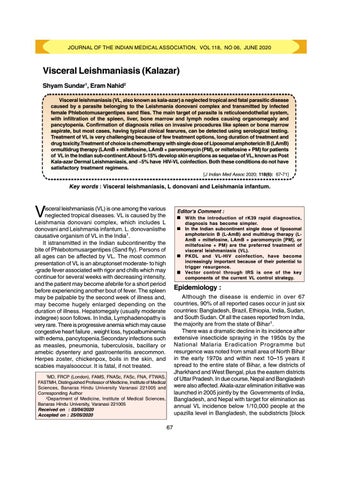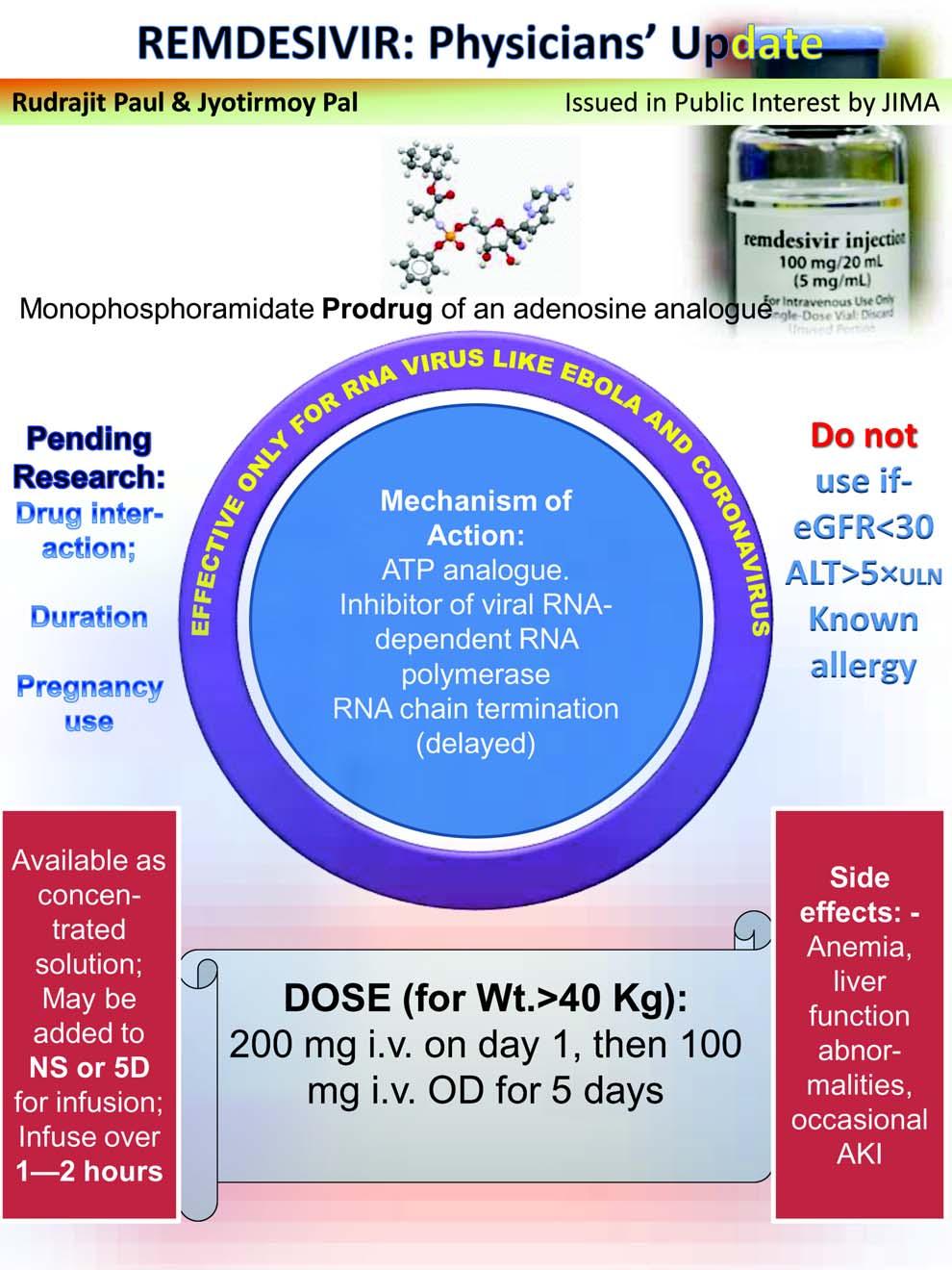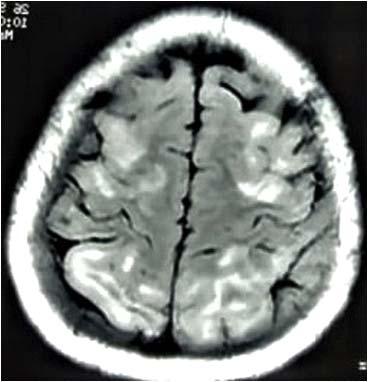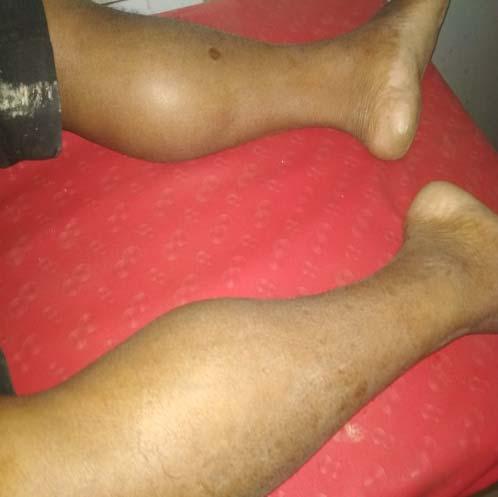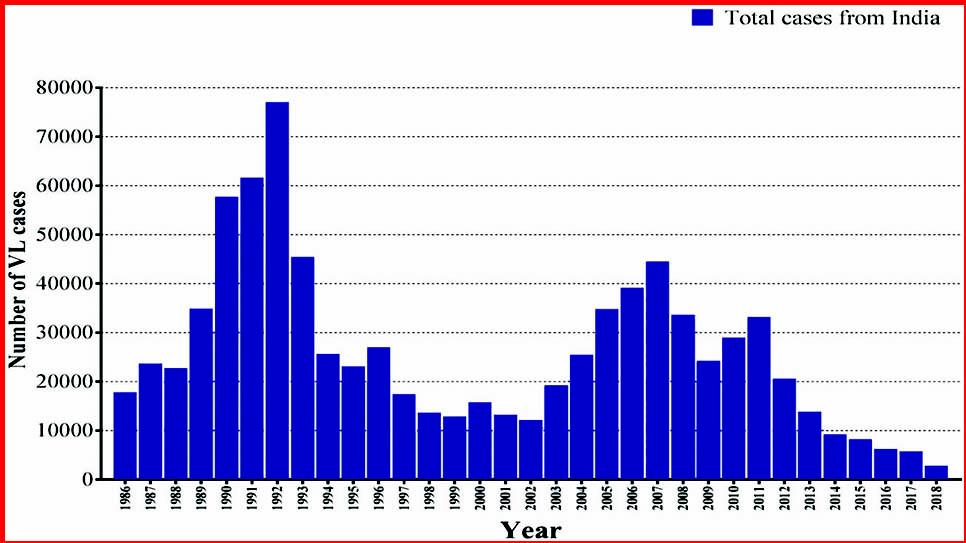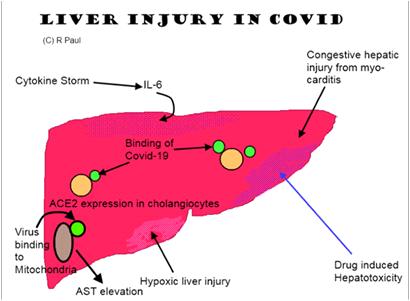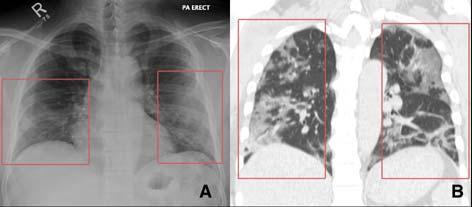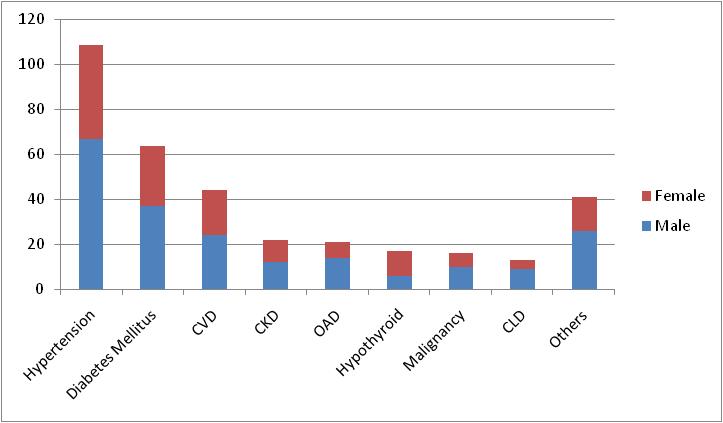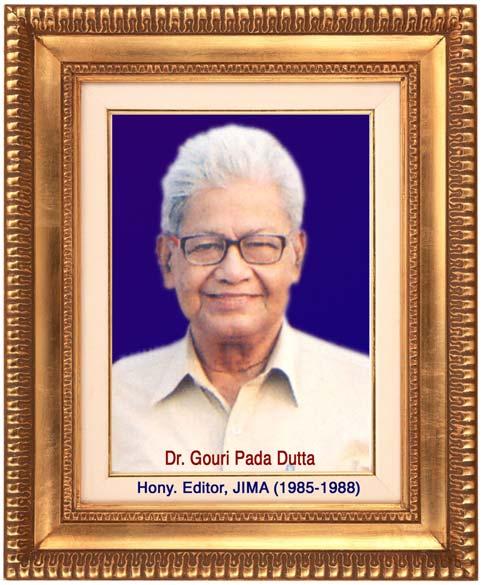JOURNAL OF THE INDIAN MEDICAL ASSOCIATION, VOL 118, NO 06, JUNE 2020
Visceral Leishmaniasis (Kalazar) Shyam Sundar1, Eram Nahid2 Visceral leishmaniasis (VL, also known as kala-azar) a neglected tropical and fatal parasitic disease caused by a parasite belonging to the Leishmania donovani complex and transmitted by infected female Phlebotomusargentipes sand flies. The main target of parasite is reticuloendothelial system, with infiltration of the spleen, liver, bone marrow and lymph nodes causing organomegaly and pancytopenia. Confirmation of diagnosis relies on invasive procedures like spleen or bone marrow aspirate, but most cases, having typical clinical fearures, can be detected using serological testing. Treatment of VL is very challenging because of few treatment options, long duration of treatment and drug toxicity.Treatment of choice is chemotherapy with single dose of Liposomal amphotericin B (LAmB) ormultidrug therapy (LAmB + miltefosine, LAmB + paromomycin (PM), or miltefosine + PM) for patients of VL in the Indian sub-continent.About 5-15% develop skin eruptions as sequelae of VL, known as Post Kala-azar Dermal Leishmaniasis, and ~5% have HIV-VL coinfection. Both these conditions do not have satisfactory treatment regimens. [J Indian Med Assoc 2020; 118(6): 67-71]
Key words : Visceral leishmaniasis, L donovani and Leishmania infantum.
V
isceral leishmaniasis (VL) is one among the various neglected tropical diseases. VL is caused by the Leishmania donovani complex, which includes L donovani and Leishmania infantum. L. donovaniisthe causative organism of VL in the India1. It istransmitted in the Indian subcontinentby the bite of Phlebotomusargentipes (Sand fly). Persons of all ages can be affected by VL. The most common presentation of VL is an abruptonset moderate- to high -grade fever associated with rigor and chills which may continue for several weeks with decreasing intensity, and the patient may become afebrile for a short period before experiencing another bout of fever. The spleen may be palpable by the second week of illness and, may become hugely enlarged depending on the duration of illness. Hepatomegaly (usually moderate indegree) soon follows. In India, Lymphadenopathy is very rare. There is progressive anemia which may cause congestive heart failure , weight loss, hypoalbuminemia with edema, pancytopenia.Secondary infections such as measles, pneumonia, tuberculosis, bacillary or amebic dysentery and gastroenteritis arecommon. Herpes zoster, chickenpox, boils in the skin, and scabies mayalsooccur. It is fatal, if not treated.
Editor's Comment :
With the introduction of rK39 rapid diagnostics, diagnosis has become simpler. In the Indian subcontinent single dose of liposomal amphotericin B (L-AmB) and multidrug therapy (LAmB + miltefosine, LAmB + paromomycin [PM], or miltefosine + PM) are the preferred treatment of visceral leishmaniasis (VL). PKDL and VL-HIV coinfection, have become increasingly important because of their potential to trigger resurgence. Vector control through IRS is one of the key components of the current VL control strategy.
Epidemiology : Although the disease is endemic in over 67 countries, 90% of all reported cases occur in just six countries: Bangladesh, Brazil, Ethiopia, India, Sudan, and South Sudan. Of all the cases reported from India, the majority are from the state of Bihar1. There was a dramatic decline in its incidence after extensive insecticide spraying in the 1950s by the National Malaria Eradication Programme but resurgence was noted from small area of North Bihar in the early 1970s and within next 10–15 years it spread to the entire state of Bihar, a few districts of Jharkhand and West Bengal, plus the eastern districts of Uttar Pradesh. In due course, Nepal and Bangladesh were also affected. Akala-azar elimination initiative was launched in 2005 jointly by the Governments of India, Bangladesh, and Nepal with target for elimination as annual VL incidence below 1/10,000 people at the upazilla level in Bangladesh, the subdistricts [block
1 MD, FRCP (London), FAMS, FNASc, FASc, FNA, FTWAS, FASTMH, Distinguished Professor of Medicine, Institute of Medical Sciences, Banaras Hindu University Varanasi 221005 and Corresponding Author 2 Department of Medicine, Institute of Medical Sciences, Banaras Hindu University, Varanasi 221005 Received on : 03/04/2020 Accepted on : 25/05/2020
67
